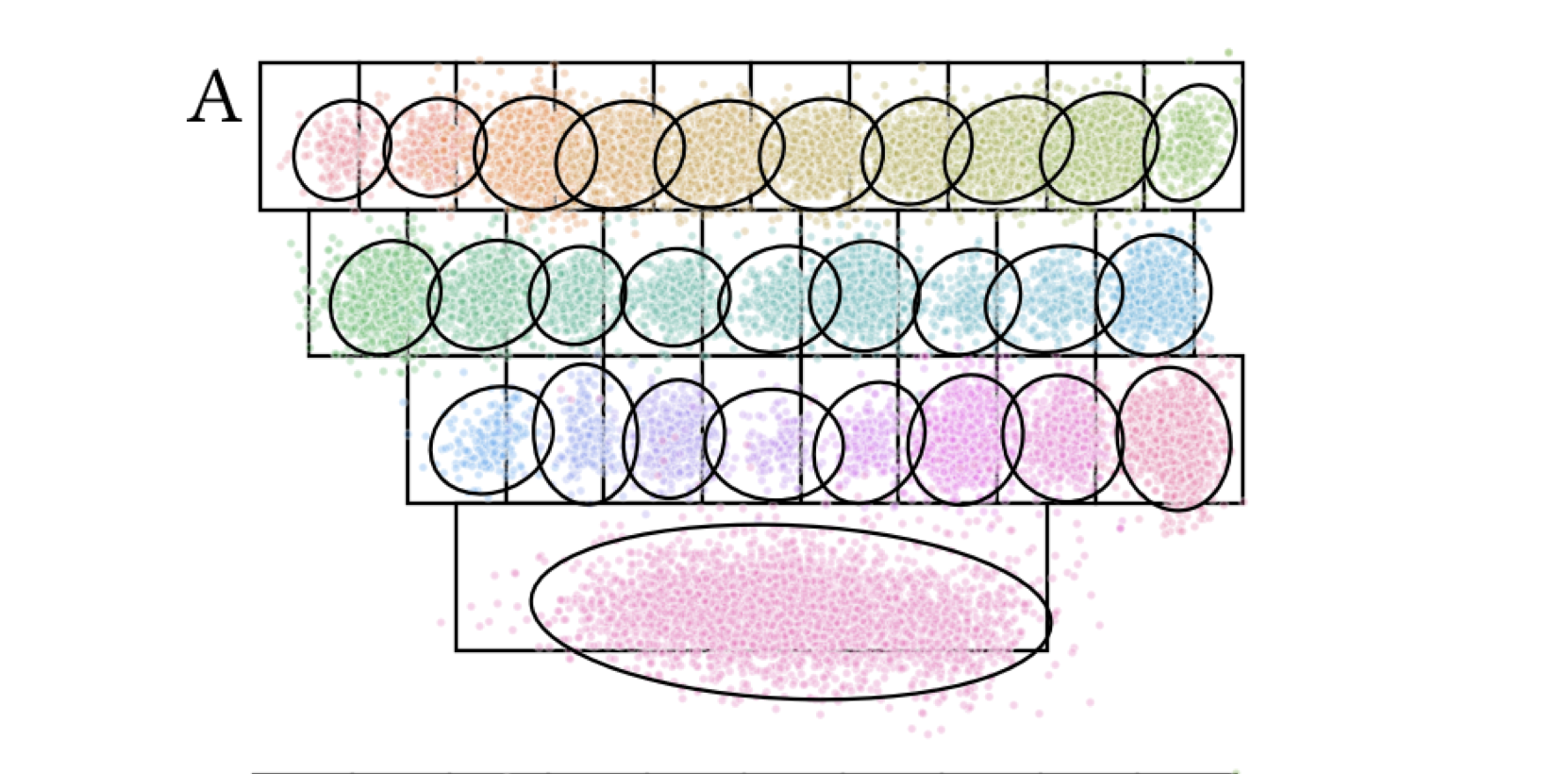@inbook{10.1145/3411764.3445352, author = {Wang, Yuntao and Yu, Ao and Yi, Xin and Zhang, Yuanwei and Chatterjee, Ishan and Patel, Shwetak and Shi, Yuanchun}, title = {Facilitating Text Entry on Smartphones with QWERTY Keyboard for Users with Parkinson’s Disease}, year = {2021}, isbn = {9781450380966}, publisher = {Association for Computing Machinery}, address = {New York, NY, USA}, url = {https://doi.org/10.1145/3411764.3445352}, abstract = {QWERTY is the primary smartphone text input keyboard configuration. However, insertion and substitution errors caused by hand tremors, often experienced by users with Parkinson’s disease, can severely affect typing efficiency and user experience. In this paper, we investigated Parkinson’s users’ typing behavior on smartphones. In particular, we identified and compared the typing characteristics generated by users with and without Parkinson’s symptoms. We then proposed an elastic probabilistic model for input prediction. By incorporating both spatial and temporal features, this model generalized the classical statistical decoding algorithm to correct insertion, substitution and omission errors, while maintaining direct physical interpretation. User study results confirmed that the proposed algorithm outperformed baseline techniques: users reached 22.8 WPM typing speed with a significantly lower error rate and higher user-perceived performance and preference. We concluded that our method could effectively improve the text entry experience on smartphones for users with Parkinson’s disease. }, booktitle = {Proceedings of the 2021 CHI Conference on Human Factors in Computing Systems}, articleno = {735}, numpages = {12} }

